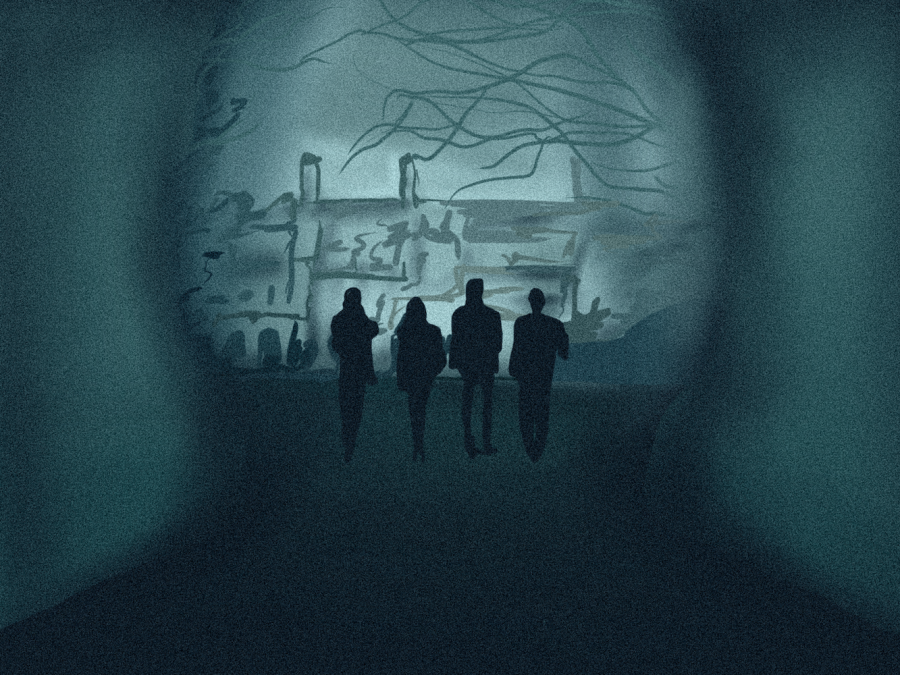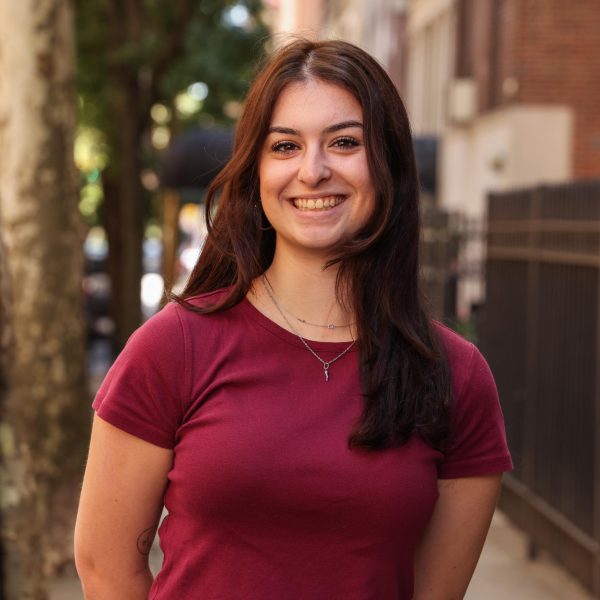Review: New doc on Sarah Lawrence cult tells the harrowing truth of survivors
The docuseries follows a group of nine students at Sarah Lawrence College who fell victim to manipulation. It serves as a harrowing realization that cults are not things of the past, but closer than we know.
(Illustration by Aaliya Luthra)
February 28, 2023
Content warning: This article contains descriptions of sexual assault.
Sarah Lawrence College sits in the small village of Bronxville, New York, an affluent Westchester County community about 15 miles away from midtown Manhattan. One of the first things mentioned in Hulu’s new docuseries directed by Zachary Heinzerling, titled “Stolen Youth: Inside the Cult at Sarah Lawrence,” is how the campus feels like its own little magical bubble, filled with kids who wanted to explore their identities.
Focusing on a sex cult created in 2010 on the Sarah Lawrence campus, “Stolen Youth” combines confessions of those involved in the crime with cinematic editing and collage-like compilations to create a truly chilling picture of the group of nine college students who were taken advantage of because they sought guidance from the wrong person.
In the fall of 2010, the nine students were starting their sophomore years, and moved into a building called Slonim Woods. One of the students, Talia Ray, often praised her father and brought up his supposedly heroic past in the U.S. Marine Corps. After he was released from prison, where he was sentenced for allegedly saving Ray and her sister from their abusive mother, he began to sleep on the couch in Slonim. None of the roommates had any reason to protest: he cooked, he cleaned, and so, he was there to stay.
Talia’s father, Larry Ray, created a persona tailor-made to garner admiration from the students: a Marine, an authority figure, someone they could trust. Slowly but surely, Ray tightened his grip. A psychological report ordered by Ray’s ex-wife Teresa during their earlier divorce settlement called him a “calculating, manipulative and hostile man,” able to “control almost any situation in which he finds himself, including a psychological interview with a forensic examiner.” He manipulated the students and demanded control, money, labor and sometimes, graphic sexual acts. He had everyone convinced that their families were attempting to kill them, and that their own parents were not to be trusted.
The series includes audio clips of Ray speaking to Slonim residents and government officials, which are at times difficult to listen to. Viewers walk away from the three-episode series wondering if justice was served, or what justice would even look like. The melancholic tone of this series leaves viewers astonished not only at Ray’s crimes, but at the effect the cult had on the students’ futures.
The series follows members of Slonim through their memories and accounts of a time that should have been a hopeful start into adulthood, but instead, was traumatic and isolating. From the first moment, one of the students, Santos Rosario says that pictures that hold such fond memories of him and his friends before Ray’s impact in their lives are clouded by the horrors they would soon face.
Daniel Levin, another Slonim member, reached out to director Zachary Heinzerling to tell their stories not only as victims, but as survivors. Levin believed pushing past this abuse has and will take all they have. Larry Ray was sentenced to 60 years in prison in January, after the docuseries had finished production.
“Stolen Youth” brings awareness to the victims of cult crimes, as they can often be looked at as naive. Cults are a contemporary issue despite popular belief of them being a thing of the past and anyone can fall victim to them.
Contact Julia Diorio at [email protected].

























































































































































